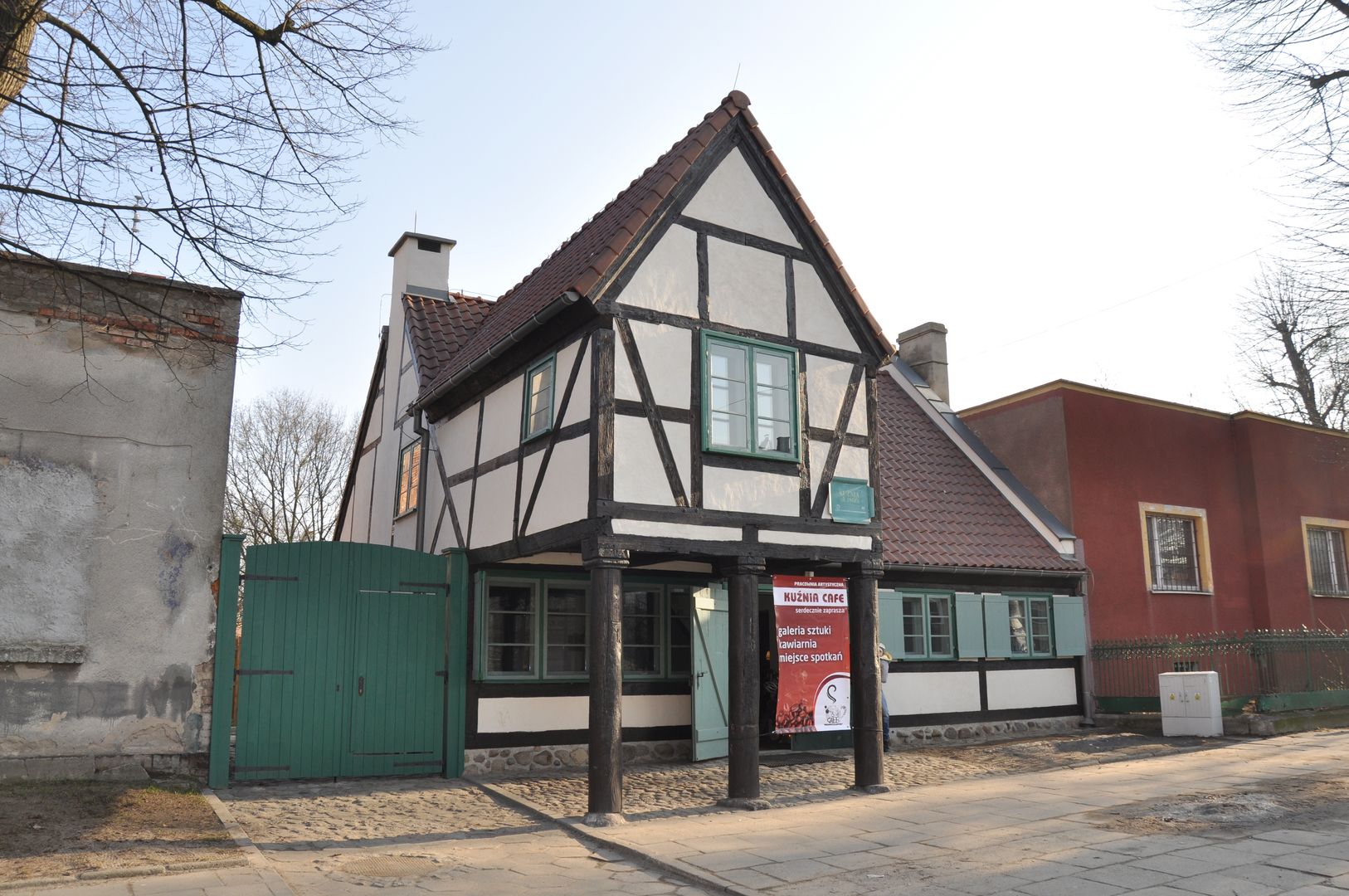Orunia
6.67

Overview
Orunia is a district in Gdańsk, known for its rich history and diverse architecture, located on the border of two Polish mesoregions: the Kashubian Lake District and the Vistula Fens. The area features distinctive hills, such as Góra Łez (Hill of Tears) and Góra Pięciu Braci (Hill of the Five Brothers), as well as numerous watercourses, including the Radunia Canal and the Oruński Stream. The district boasts a rich architectural heritage, including an arcaded forge from 1801, the neo-Gothic Church of St. John Bosco, and folk architecture like historic inns on Gościnna Street. Orunia's history dates back to the Middle Ages, when the village was granted Chełmno rights in 1338. Rapid development occurred in the modern era, and after its incorporation into Gdańsk in 1933, Orunia transformed into an urban district. In the 20th century, the village became home to many workers and artisans, shaped by industrialization, which led to the growth of industrial plants. Orunia was also a popular recreational spot for Gdańsk's patricians. Interestingly, in the 1990s, Orunia was featured in the works of Kazik Staszewski, which contributed to its popularity in mainstream culture. Modern-day Orunia focuses on infrastructure development and boasts a significant amount of green spaces, making it an important area within Gdańsk. The district is home to numerous educational and cultural institutions, as well as religious communities, highlighting its diversity and multicultural character.
Location
2025 Wizytor | All Rights Reserved